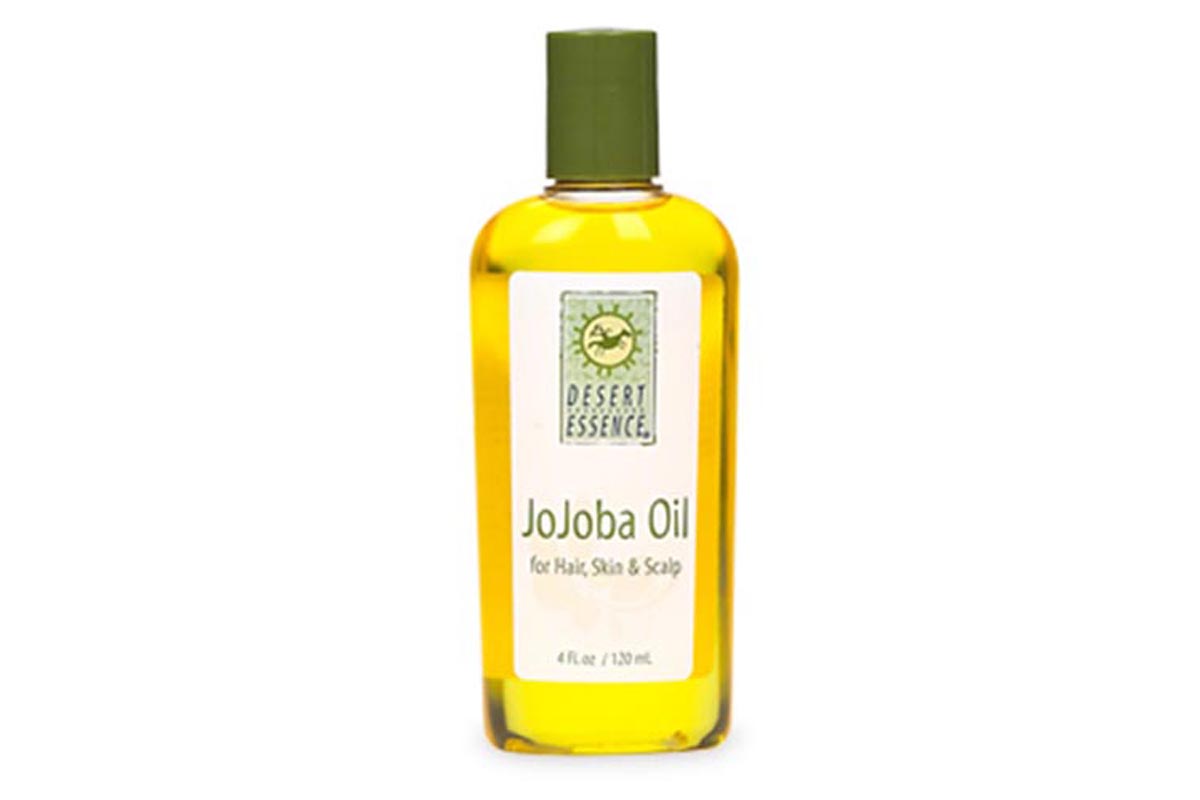Table of Contents
Plant oils as complete natural remedies are complex mixtures of natural substances made by plants. Different plant oils such as lemon, orange, mustard, and anise give fruits and seeds their characteristic odor and taste.
Plant oils as complete natural remedies are complex mixtures of plant-based natural substances made. Different plant oils such as lemon, orange, mustard, and anise give fruits and seeds their characteristic odor and taste.
Botanical oils are derived from various plant parts, such as their flowers, fruits, leaves, and wood. Sometimes the natural chemicals in the oil, as well as the oil itself, are registered as pesticide-active ingredients. It is also fairly common for two or more oils to be used in the same commercial product.
Many botanical oils are found in common foods, and a great number have been approved as food flavorings by the FDA. Although most people have certainly heard about and even used Jojoba oil, not too many of them know more about it. Well, Jojoba oil is in fact a vegetable oil obtained from the crushed bean of the jojoba shrub, also known as Simmondsia chinenis. Most jojoba oil is consumed as an ingredient in cosmetics and personal care products, especially skincare and hair care products.


Important facts about the Jojoba plant
Where is this plant found? Well, jojoba plants are native to the Sonoran Desert of northwestern Mexico and neighboring regions in Arizona and southern California.
What does it look like? Well, characteristically - it grows in dense stands throughout that region. The shrub may reach 4.5 m in height.
Jojoba has flat gray-green leathery leaves and a deep root system that make it well adapted to desert heat and drought. It has a very long life span of 100 to 200 years, depending on environmental conditions. Although many people claim that the Jojova shrub smells good, the small flowers have no odor and do not attract pollinating insects — which is also important. Besides flowers, the green fruit of the Jojoba shrub dries in the desert heat and they are similar to coffee beans; contain a vegetable oil that is clear and odorless but less oily to the touch than traditional edible oils. The oil comprises half of the weight of the nut.
Continue reading after recommendations

